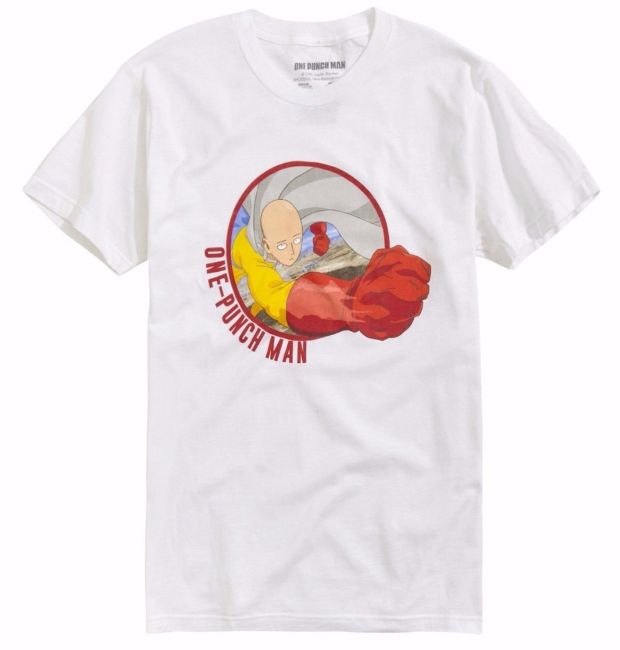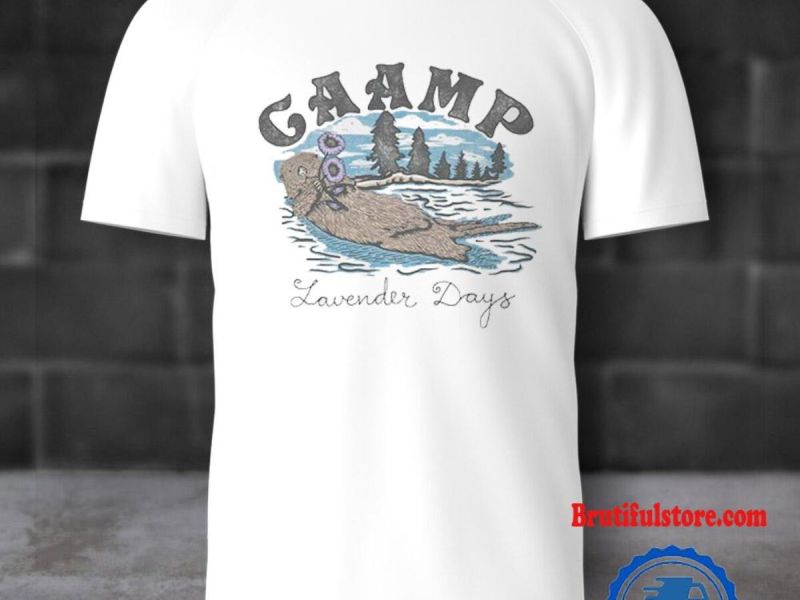The rise of McElroy merch represents a fascinating case study in the evolution of fan culture and merchandising within the digital age. Originating from the creative endeavors of brothers Justin, Travis, and Griffin McElroy-who gained prominence through their podcasts such as “My Brother, My Brother and Me” and “The Adventure Zone”-the McElroy brand has grown beyond audio content into a vibrant community with a distinctive identity. This expansion is closely tied to the development of unique merchandise that resonates deeply with their audience, reflecting not only consumer demand but also shifts in how fans engage with creators.
At its core, McElroy merch exemplifies how fan culture has transformed from passive consumption to active participation. Traditionally, merchandise served primarily as promotional material or memorabilia; however, for Mcelroy Official Shop fans-or “McFans”-merchandise acts as an extension of shared experiences and inside jokes cultivated through years of podcast episodes. The designs often feature clever references to running gags or beloved segments from their shows, making each item more than just apparel or accessories-it becomes a badge of belonging within an inclusive community.
This phenomenon highlights broader trends in contemporary fandoms where merchandise functions as both identity expression and social currency. Fans purchase items not only to support creators financially but also to signal membership in niche subcultures. The McElroys have capitalized on this by maintaining close communication with their audience via social media platforms and live events, fostering a sense of intimacy rarely seen between entertainers and consumers at scale. This reciprocal relationship encourages loyal fans to eagerly anticipate new drops while giving creators valuable feedback on what resonates most.
Moreover, the rise of independent online storefronts has democratized access for smaller content creators like the McElroys compared to traditional retail channels dominated by major corporations. Platforms such as Gumroad or Shopify empower them to produce limited-run items that cater specifically to their fanbase’s tastes without massive upfront investment or inventory risk. This agility allows for rapid experimentation in design themes-from whimsical illustrations inspired by fantasy role-playing games featured on “The Adventure Zone” series to minimalist logos appealing to casual listeners-resulting in diverse product lines that keep engagement fresh.
Sustainability considerations have also begun influencing modern merchandising strategies embraced by forward-thinking groups like the McElroys’ team. Many fans today prioritize ethical production methods when choosing which brands they support; thus incorporating eco-friendly materials or local manufacturing practices can enhance brand loyalty while aligning with contemporary values around environmental responsibility.
In summary, the ascent of McElroy merch underscores significant shifts in fan culture dynamics driven by digital connectivity and evolving consumer expectations. By transforming merchandise into meaningful symbols embedded within communal narratives rather than mere commodities, creators forge deeper connections with audiences who increasingly seek authenticity alongside entertainment. As these trends continue shaping creative industries broadly, examining cases like the McElroys offers valuable insights into how fandoms might evolve-and thrive-in an ever-changing cultural landscape.




